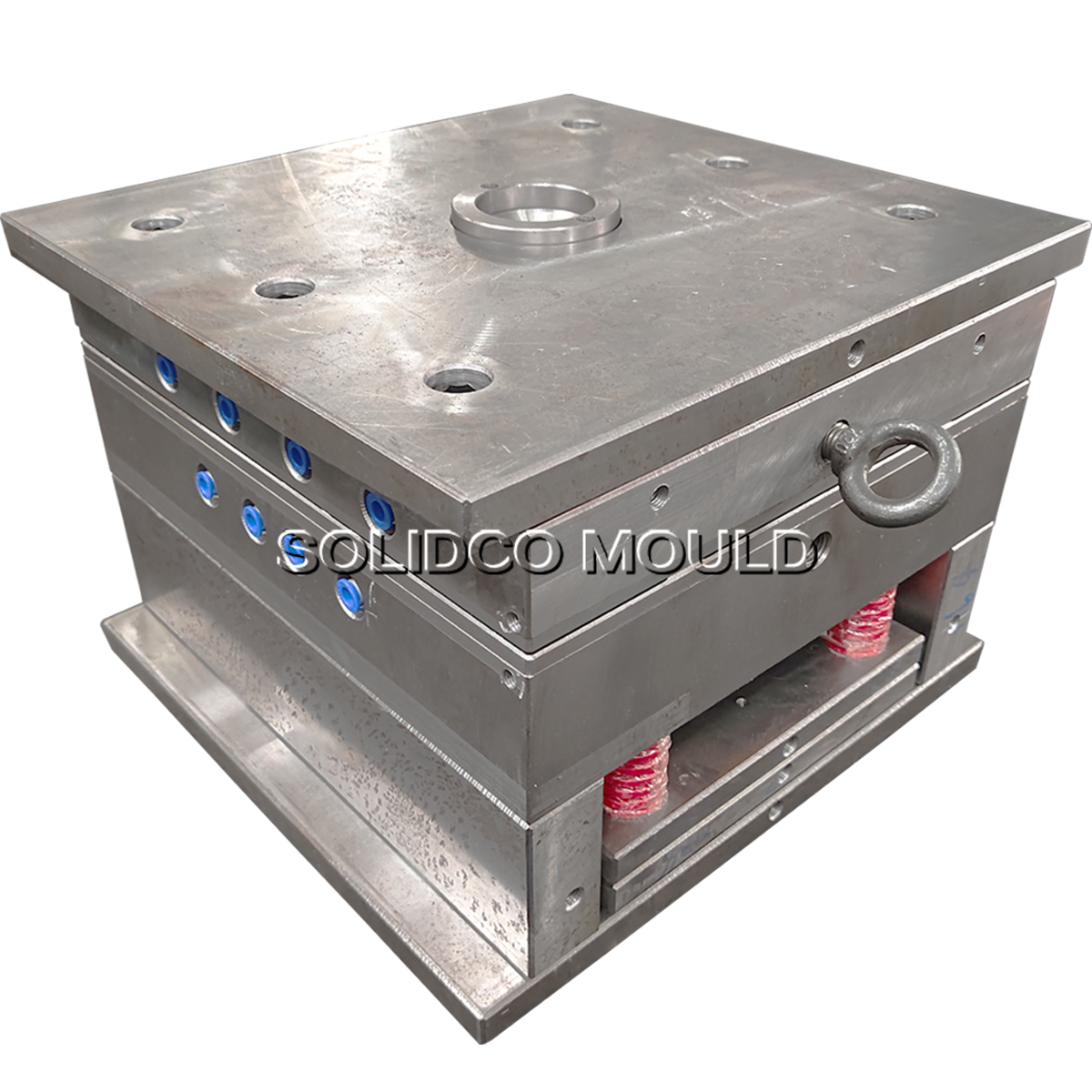Injection moulding is a manufacturing process widely used for producing parts by injecting molten material into a mould. It is a highly versatile technique that can be applied to a variety of materials, including plastics, metals (known as die-casting), and glasses. This process is favoured for its ability to produce high volumes of identical items with intricate shapes and fine details.
The Process of Injection Moulding
The injection moulding process begins with the melting of the material in a heated barrel. Once the material reaches a molten state, it is forcefully injected into the mould cavity through a nozzle. The mould, which has been custom-designed to form the desired part, is clamped shut under high pressure to ensure that the molten material fills every part of the cavity.
After the injection phase, the material is allowed to cool and solidify within the mould. The cooling time can vary depending on the material used and the thickness of the part. Once solidified, the mould opens, and the newly formed part is ejected. The cycle then repeats itself for the next part.
Materials Used in Injection Moulding
Thermoplastics are the most commonly used materials in injection moulding due to their ability to be melted, cooled, and remelted without significant degradation. Examples include polyethylene (PE), polypropylene (PP), polystyrene (PS), and polyvinyl chloride (PVC). Thermosetting plastics, which cannot be remelted once cured, are also used but less frequently.
Advantages of Injection Moulding
Injection moulding offers several advantages:
- High Efficiency: Once the initial setup is complete, the actual moulding process is extremely fast, making it possible to produce large quantities of parts in a short time.
- Complex Part Design: It allows for the production of complex and intricate shapes that would be difficult or impossible to achieve with other manufacturing methods.
- Consistency and Repeatability: High levels of precision and repeatability ensure that each part is virtually identical to the last, which is crucial for mass production.
- Material and Color Flexibility: A wide range of materials and colors can be used, and they can be easily changed between production runs.
- Reduced Waste: Excess material can often be reground and reused, minimizing waste.
Challenges and Considerations
Despite its many benefits, injection moulding does come with challenges:
- High Initial Costs: The design and creation of moulds can be expensive, making it less economical for small production runs.
- Design Limitations: Parts must be designed with moulding in mind, which can limit design flexibility.
- Equipment and Maintenance: The machinery is complex and requires regular maintenance to ensure consistent quality and prevent downtime.
Applications of Injection Moulding
Injection moulding is used in a myriad of industries, from automotive to consumer goods, medical devices, and electronics. It is responsible for producing items such as bottle caps, automotive dashboards, and medical syringes.
Conclusion
Injection moulding is a cornerstone of modern manufacturing, offering unparalleled efficiency and versatility. While the initial investment and design considerations can be significant, the benefits of high-volume production, consistency, and material diversity make it an indispensable process in the production of a wide array of products. As technology advances, we can expect injection moulding to become even more precise, efficient, and environmentally friendly, further solidifying its role in the manufacturing world.
